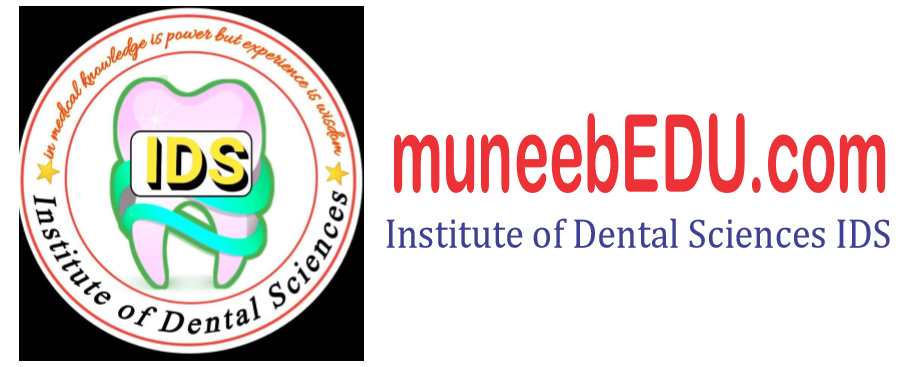Local Anesthesia in Children: Ensuring Pain-Free Dental Care*
Local anesthesia is a crucial tool in pediatric dentistry and medical procedures, ensuring that children undergo treatments without experiencing pain. Administering local anesthesia to children requires special considerations to address their unique physiological and psychological needs.
Understanding Local Anesthesia*
Local anesthesia involves the use of medications to numb a specific area of the body, preventing pain during medical or dental procedures. These anesthetics work by blocking the nerves that transmit pain signals to the brain. In pediatric care, local anesthesia is commonly used in dental treatments, minor surgical procedures, and emergency care.
 |
| LA in Children |
*Types of Local Anesthetics*
Several types of local anesthetics are commonly used in children, each chosen based on the procedure, duration of action required, and the child's medical history. Some widely used local anesthetics include:
- *Lidocaine:* Known for its quick onset and moderate duration, lidocaine is frequently used in dental procedures.
- *Articaine:* With a slightly faster onset and similar duration to lidocaine, articaine is also popular in pediatric dentistry.
- *Mepivacaine:* Often used when a longer duration of anesthesia is needed, mepivacaine is effective and reliable.
*Administration Techniques*
Administering local anesthesia to children requires a gentle and reassuring approach to minimize anxiety and ensure cooperation. Common techniques include:
Topical Anesthetics:* Before injecting local anesthetic, a topical anesthetic gel or spray is applied to numb the surface tissue, reducing the pain of the injection itself.
- *Slow Injection Technique:* Injecting the anesthetic slowly can minimize discomfort and prevent sudden pain, which is particularly important for children.
- *Distraction Techniques:* Engaging the child in conversation, using visual or auditory distractions, or employing techniques like deep breathing can help ease anxiety during the administration of anesthesia.
*Considerations and Precautions*
Several considerations are essential when administering local anesthesia to children:
- *Dosage:* Children are more sensitive to medications, so dosages must be carefully calculated based on the child’s weight and age to avoid toxicity.
- *Allergies:* A thorough medical history should be taken to rule out allergies to anesthetic agents or any other medications.
- *Parental Involvement:* Informing parents about the procedure, potential side effects, and aftercare is crucial for ensuring a smooth and reassuring experience for the child.
Behavior Management:* Pediatric dentists and healthcare providers often receive training in behavior management techniques to help children feel comfortable and cooperative during procedures.
*Potential Side Effects*
While local anesthesia is generally safe, there can be potential side effects, including:
- *Temporary Numbness:* The area may remain numb for a few hours after the procedure, which can be confusing or distressing for young children.
- *Swelling or Bruising:* Mild swelling or bruising at the injection site can occur but usually resolves quickly.
- *Rare Complications:* In rare cases, adverse reactions such as allergic responses or systemic toxicity can occur, highlighting the importance of proper dosage and monitoring.
 |
| LA for Children |
*Aftercare*
Post-procedure care is important to ensure the child's comfort and prevent complications:
- *Monitoring:* Parents should monitor their child for any signs of prolonged numbness, swelling, or unusual reactions.
- *Eating and Drinking:* Children should avoid eating or drinking until the numbness subsides to prevent accidental biting or injury to the numbed area.
- *Pain Management:* Mild discomfort after the procedure can usually be managed with over-the-counter pain relievers, as advised by the healthcare provider.
*Conclusion*
Local anesthesia plays a vital role in pediatric healthcare, enabling pain-free dental and medical procedures. With careful administration, consideration of the child's unique needs, and effective communication with parents, healthcare providers can ensure a safe and positive experience for young patients. Ensuring that children have pain-free and stress-free encounters with medical and dental care sets the foundation for a lifetime of positive attitudes toward health and well-being.










0 Comments